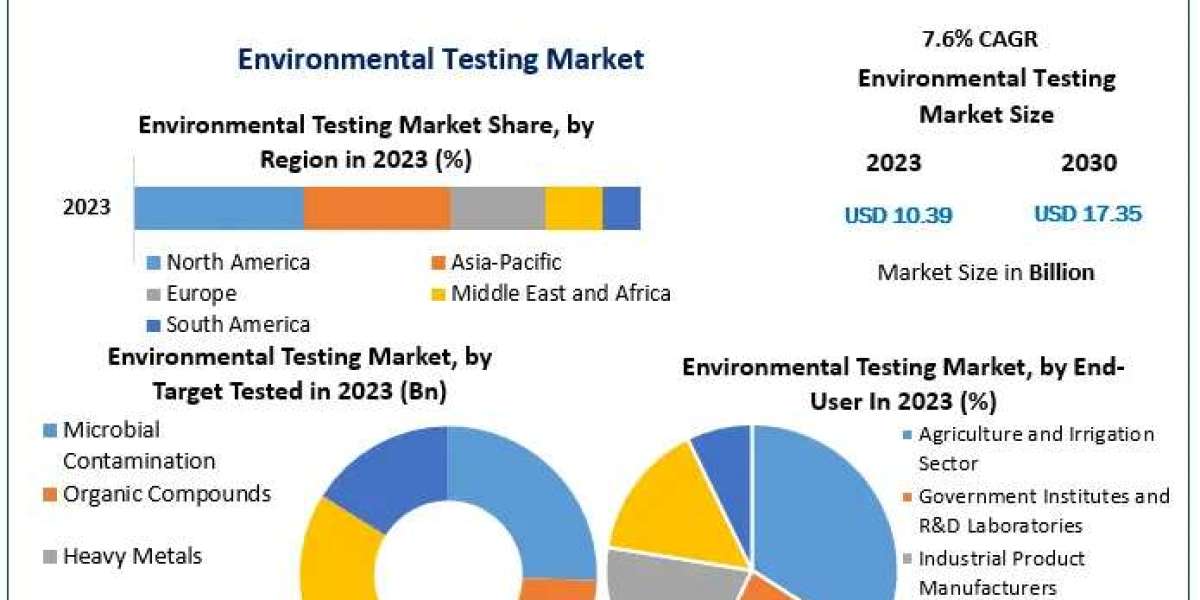Until recently, fleet operations seemed quite simple: there's an address, a driver, and a GPS—you just press "go" and deliver the cargo. But real-world urban logistics has long since become too complex for such a model. Order volumes are growing, customers want delivery "here and now," traffic jams change every half hour, and fuel costs and vehicle downtime eat into profits. In this reality, a GPS is no longer enough: a company needs a "brain" that sees everything holistically and can handle massive amounts of data. The modern logistics management solution from PILOT Logistics provides just such a "brain," transforming numbers and coordinates into a living, visual business map where every vehicle movement has meaning and value.
Data that was previously lost on the road
Every courier truck trip contains hundreds of tiny details: what time the driver left the warehouse, how long they waited in line to unload, where they were stuck in traffic, which streets they avoided because they were constantly undergoing construction, how many kilometers they drove with an empty truck. Collecting all of this information manually is simply impossible, and even if you did, it's difficult to understand how to use it.
PILOT Logistics automatically records every such moment. The system sees where orders most frequently come from, which areas are hot during peak hours, which vehicles are consistently overloaded, and which spend most of their shift in the parking lot. As a result, the company no longer has a collection of disparate Excel reports, but a unified digital picture: the city through which your vehicles travel, with layers of information—from order density to actual travel time on each route.
From reports to strategic decisions
PILOT Logistics dashboards aren't just pretty graphs showing "how we performed this month." They're a tool for management decisions. Managers see not only the bottom line, but also the underlying reasons behind them. For example, if one warehouse is consistently operating at capacity while another is half empty, the system will show how to redistribute responsibilities to avoid having to drive trucks across town.
Choosing a location for a new warehouse is also no longer a matter of intuition or the result of a debate between logistics specialists and senior managers. Order analytics for recent months reveals which areas are experiencing growing demand, where customers most frequently complain about long delivery times, and which routes are already overloaded. Using an interactive map, managers can see how logistics will change if a new warehouse is opened in one location or another: which haul routes will be shorter, where mileage will be reduced, and how the workload will be redistributed across the fleet. This is no longer a hypothesis, but a calculated scenario with a clear economic impact.
A map that speaks the language of business
The main difficulty with analytics has always been that raw numbers are only understandable to analysts. Managers need a language for decisions: what to do, where to invest, how to reduce costs and fulfill more orders with the same number of vehicles.
In PILOT Logistics, reports and dashboards are built around precisely these questions. Instead of endless tables, there's a city map where congested areas are color-coded, average delivery times are shown, and where trucks are regularly late or idle. Instead of abstract "increasing fuel costs," there are specific routes where drivers are consistently logging extra kilometers. Instead of a dry "average mileage per delivery" figure, there's a visual comparison: how the route to the customer has changed after warehouse redistribution or a change in the delivery schedule.
When a manager sees a clear picture on a map rather than a set of indicators, decisions are made much faster. Opening a new warehouse, changing delivery windows, or consolidating several smaller routes into a single, well-thought-out one—all of this ceases to be a risky experiment and becomes a manageable process.
Evidence-based driver motivation
Route analytics isn't just about warehouses and kilometers, it's also about people. Drivers remain a key resource for any transportation company, and their behavior affects road safety, fuel costs, and the service's reputation.
PILOT Logistics collects data on driving style: abrupt acceleration and braking, speeding, prolonged idling with the engine running, and route deviations. These indicators are used to generate clear reports for each driver. But most importantly, these reports can be turned into a motivation system.
Instead of subjective assessments like "this one seems to drive carefully, while that one is always late," management receives objective metrics. They can honestly reward those who consistently meet their targets, save fuel, and obey traffic rules. And with those who constantly have problems, they can engage in a substantive dialogue, highlighting specific routes and instances where violations or extra kilometers occurred. Drivers see that the company evaluates them using transparent criteria, and they are motivated to drive smarter, not faster.
Savings that are visible beyond reports
When routes are logically structured, vehicles don't zigzag around the city, warehouses are located where quick access to customers is truly needed, and drivers understand why they're getting paid, savings begin to accumulate almost imperceptibly. Mileage decreases, excess fuel consumption is eliminated, equipment wear and tear is reduced, and fines and roadside disputes are less frequent.
But the benefits of PILOT Logistics analytics go beyond savings. Customers receive orders faster and more reliably, delays and interruptions are reduced, and loyalty and repeat orders increase. For managers, this means not only cost optimization but also revenue growth without the need to immediately purchase new vehicles or hire additional personnel.
The numbers in the reports confirm this, but the main effect is evident in that very "map that remembers everything." Yesterday, it was filled with chaotic route lines crisscrossing the entire city. Today, it's a neat, well-thought-out network where every vehicle knows its zone, every delivery window is planned, and traffic jams are no longer a disaster but a manageable factor.
From intuition to predictability
Previously, logistics was largely based on experience and intuition: "We've always driven this way," "This area is best served in the evening," "You can't get here without traffic." Now, managers have a tool that confirms or refutes these perceptions with figures and facts. The system doesn't argue or impose—it simply shows how the business is actually doing.
PILOT Logistics transforms the daily operations of a fleet into a source of knowledge. This knowledge is not lost, regardless of whether a dispatcher changes or an experienced driver leaves. It remains in the system, on the map, and in the dashboards. And that's why smart analytics is now becoming as important a company asset as its own vehicles or warehouse space. After all, in a world where speed, precision, and flexibility are everything, the winner is the one who can not just follow a route, but see the whole picture beyond the road.







